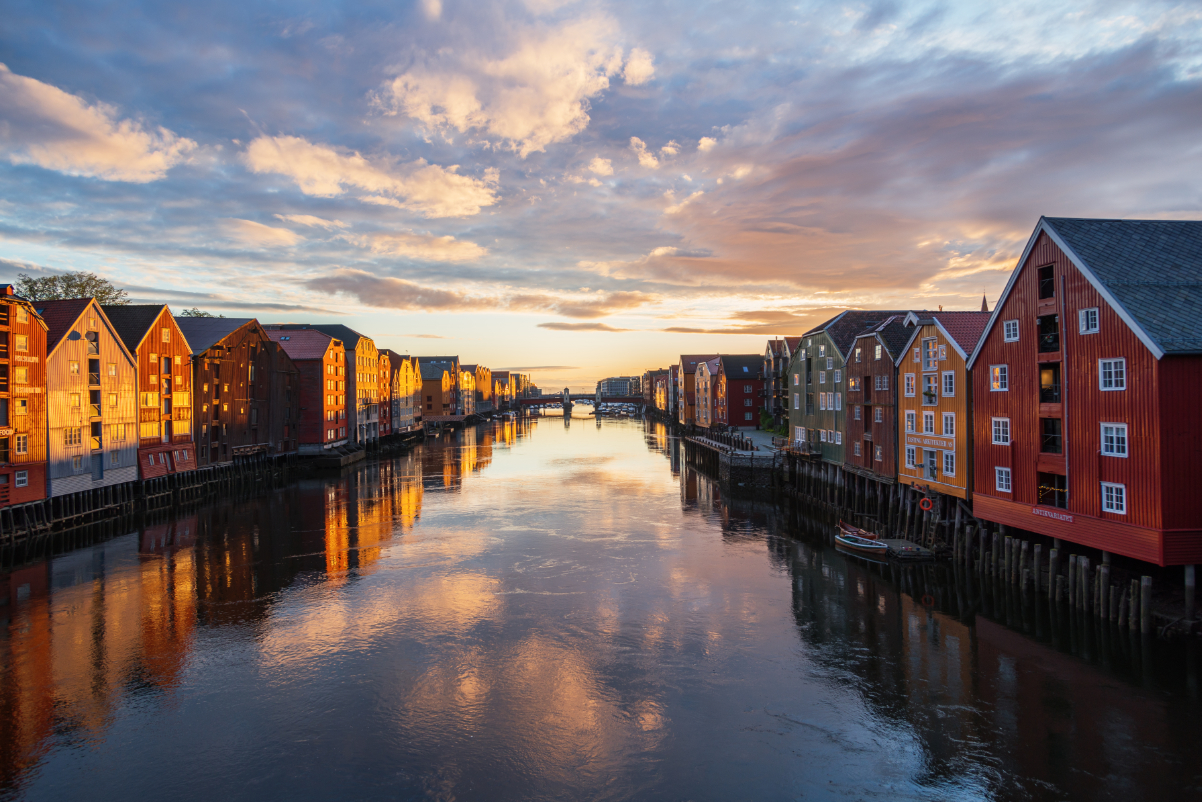Skift Take
— Sean O’Neill
Should Europe’s tourism agencies stop trying to get travelers to fly long distances for quick visits? The issue is climate change and these long-haul trips are a big contributor.
A recent study published in Tourism Geographies suggests that some tourism authorities may want to target their marketing at more nearby markets.
The research was presented to the European Travel Commission and Skift reached out to the report’s lead author to learn more.
“The umbrella tourism organization seems to want its member nations to embrace this approach of reducing marketing efforts in long-haul and some medium-haul markets,” Stefan Gössling of Norways’ Linnaeus University told us.
The Study’s Key Claims
The study looked at a dozen countries and how their national destination marketing organizations targeted international markets for inbound tourism. Its findings were stark.
- Examining a dozen countries, it revealed that emissions per arrival from target markets vary dramatically — from a modest 0.2 tons of carbon dioxide for nearby markets to a hefty 2.5 tons for long-haul destinations.
- The culprit? Distance. The average journey length to these markets ranged from roughly 2,500 to 5,000 miles.
- Perhaps most tellingly, in the countries studied, a mere 17% of the most distant arrivals were responsible for a whopping 62% of carbon emissions.
Making ‘Proximity Tourism’ a Trend
As governments grapple with the climate crisis, the cost of long-distance travel is likely to rise, potentially dampening demand. Long-haul commercial flights will likely become costlier as some governments impose increased taxes and regulations on jet fuel.
“It’s a risk assessment for destination marketers,” Gössling said. “Do you then want to invest and become dependent on inbound tourism from distant markets exposed to potential run-ups in the price of long-haul travel?”

Changing Tourism Marketing Tactics?
The authors advocate for a shift in tourism management approaches. One tactic they suggest is to incentivize destination marketers to encourage visitors to stay longer rather than simply growing arrival numbers overall.
“You can bring down emissions significantly while maintaining the tourism system,” Gössling said, claiming that several shifts in the tourism mix could spare tourism boards from losing overall economic benefits.
Already some countries have begun tracking metrics that could help shift their tourism target mix.
“Germany has a very advanced dashboard that links tourist spending and length of stay and emissions, and that allows them to potentially optimize,” Gössling said. “Norway has a dashboard for arrivals that allows operators to look into emissions estimates.”
Yet advice may not apply equally and everywhere. Some isolated countries like Australia and Iceland may have relatively little choice about accepting long-haul tourism.
Many tourism boards are led by people who will not be in their roles by the time long-haul flights become prohibitively expensive. Thus, many of today’s tourism leaders may only care about short-term goals and disregard potential risks.
It remains unclear whether tourism will be yet another sector that finds it effectively impossible to act on the needed scale to prevent catastrophic climate change. It’s also unknown if organizations like the European Travel Commission can prompt key member nations to at least test new marketing campaigns.
“The authors rightly recognize the daunting challenge of decarbonizing the tourism industry, especially in light of the ambitious growth aspirations,” said Robin Gilbert-Jones, an analyst at Skift Research. “Air travel in particular, given the lack of current practical decarbonization solutions, faces a long and costly decarbonization journey and will inevitably fall behind other industries in the short-term.”

